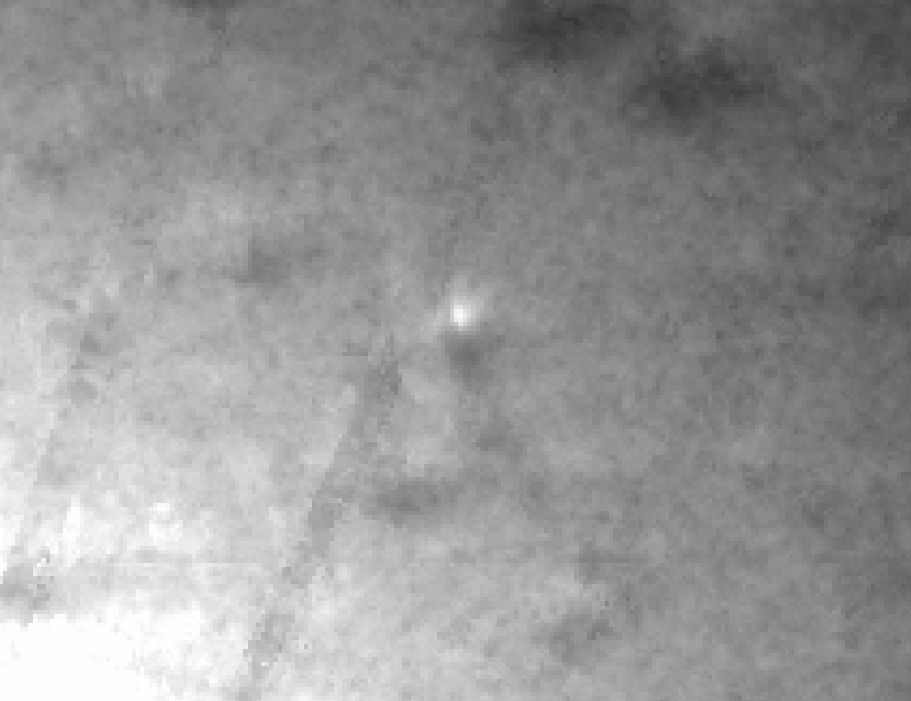In the vast, predictable dance of our solar system, gravity is the undisputed choreographer. Planets orbit stars, moons orbit planets, and comets, those icy wanderers, dutifully follow their gravitational paths. Or do they? Recent groundbreaking observations of Comet 3I/ATLAS have presented an intriguing cosmic puzzle, offering the first definitive proof that something beyond gravity can profoundly influence a comet’s journey near the Sun.
The Comet That Defied Expectation
Comet 3I/ATLAS, an interstellar visitor from beyond our solar system, captivated astronomers as it made its approach to our star. Initially, its trajectory was precisely charted, aligning perfectly with gravitational predictions. However, as 3I/ATLAS drew closer to the Sun, something extraordinary happened: it began to accelerate more rapidly than gravity alone could account for. This wasn’t a subtle nudge; it was a clear, unmistakable boost, pushing the comet off its expected course.
Scientists meticulously re-examined their data, ruling out measurement errors and gravitational perturbations from other celestial bodies. The conclusion was undeniable: an additional, non-gravitational force was at play, significantly altering the comet’s speed. This observation wasn’t just a deviation; it was a cosmic fingerprint, signaling an active process within the comet itself.
Beyond Gravity’s Pull: The Outgassing Explanation
So, what invisible hand was pushing Comet 3I/ATLAS? The most compelling explanation points to a phenomenon known as outgassing. As comets, essentially “dirty snowballs,” approach the Sun, their icy components begin to heat up. This causes ice to sublimate – turning directly into gas, skipping the liquid phase entirely. When this happens, jets of gas and dust erupt from the comet’s surface.
Imagine these jets like tiny, natural thrusters. The force exerted by the expelled gas can act as a propulsion system, subtly but effectively altering the comet’s velocity and trajectory. This effect is not new in theory; planetary scientists have long suspected that outgassing plays a role in cometary dynamics. However, with Comet 3I/ATLAS, we now have unambiguous observational evidence of this process making a measurable impact on its motion. It’s a powerful reminder that comets are not just passive lumps of ice, but active, dynamic objects.
“This confirms what many planetary scientists have suspected: comets aren’t just passive celestial bodies following gravitational dictates; they’re dynamic engines, actively shaping their own trajectories,” says Dr. Aris Thorne, a theoretical astrophysicist.
What This Means for Our Understanding of Comets
The clear detection of non-gravitational acceleration in Comet 3I/ATLAS is more than just an interesting tidbit; it represents a significant step forward in our understanding of comets. It validates the models that incorporate outgassing as a critical factor in cometary behavior. This insight will help astronomers refine predictions for future cometary paths, understand how comets evolve as they repeatedly visit the inner solar system, and even shed light on the conditions of the early solar system where these icy bodies formed.
This discovery underscores the fact that even in the seemingly well-understood mechanics of space, there are always new layers to uncover. Comet 3I/ATLAS offered a glimpse into the hidden power within these icy wanderers, proving that sometimes, the universe has a few surprises up its sleeve, propelled by forces beyond just the familiar tug of gravity.




